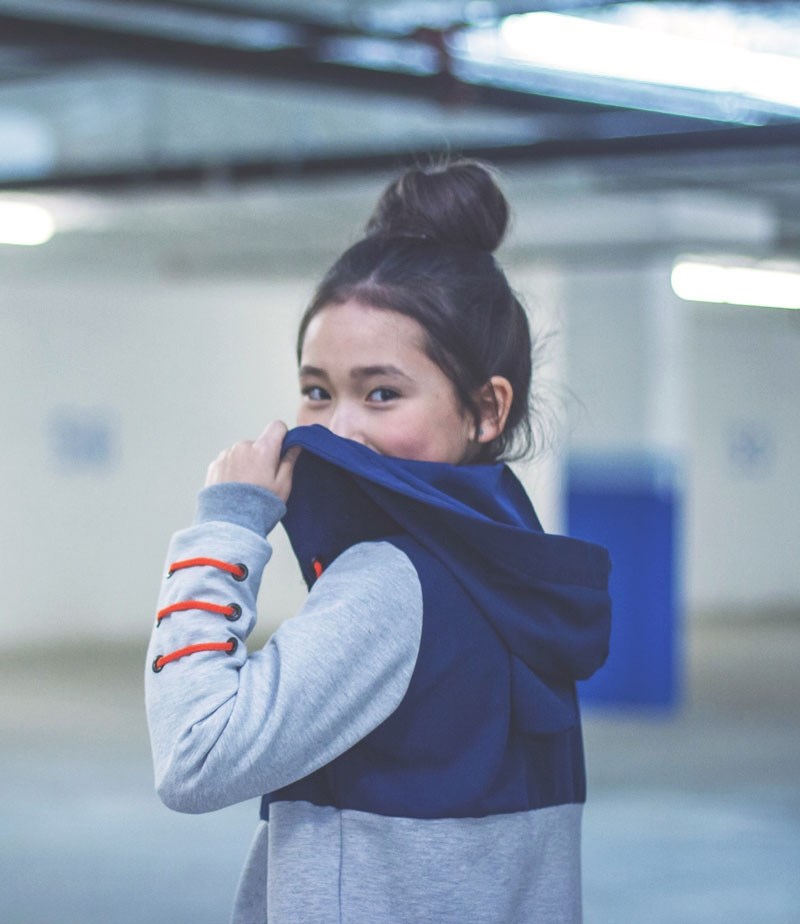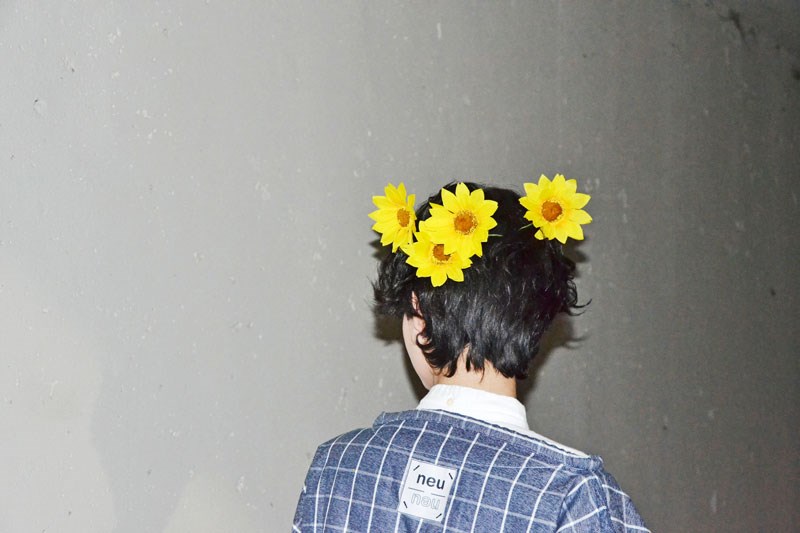Gender fluidity is discussed and written about everywhere now, and no wonder – millennials are all about the freedom to explore and live without labels. Some brands are beginning to work on genderless fashion. And, of course, androgyny recurs every few seasons as a runway trend.
But according to Al Fearnley, a 25-year-old fashion student at Kwantlen Polytechnic University (KPU), there continues to be a lack of clothing for people who, like “them,” identify as non-binary. (“Them” is the preferred pronoun of many non-binary people.)
“It affects me and I know it affects others – it makes me feel excluded and uncomfortable, pigeonholed and forced to choose the men’s or women’s department,” says Fearnley, who wasn’t the only student who noticed this issue.
“I have friends who identify as LGBTQ and, like everyone, they see clothing as a direct representation of identity,” explains classmate Jasmine Siu. “The absence of choice means they are unable to express that.”
Fearnley, Siu and two other classmates, Sammi Wong and Sharon Chuang, independently decided to create gender-fluid fashion lines for their final-year projects. While the initial theme is the same, each designer has created unique, distinct collections.

Wong’s label, static/quo, is for children – as most of her designs have been over her four-year course. “I find childrenswear more exciting because there are fewer restrictions,” she says. “Dressing in whatever you want is less of a taboo when you’re a kid. I feel like kids can lead the revolution in terms of gender neutrality, because they don’t label and are open.”
Wong’s collection is inspired by modern street style and athleisure, and also ’90s TV shows such as Boy Meets World and Saved by the Bell. “One of the main considerations was functionality. Kids need clothes that are comfortable and practical for the school and playground,” she explains.
A love of the work of artists Banksy and Anonymous was Fearnley’s inspiration for Xeno Vellum. “It’s got this grungy, glitchy, dystopian feel,” they explains. “In terms of actual pieces, there’s one that can be worn as a shirt or a dress, and there’s a lot of layering. I’m really interested in technical apparel, so there’s an element of that, too.”
Siu coined a new term – genderful – for her line, Neu. “I want people to feel that it’s safe to be yourself,” she says. “The patterns are based on Japanese androgyny, and pieces combine elements that are traditionally masculine and feminine, so they’re more versatile. For example, masculine shapes such as boxy T-shirts can be cinched to change the silhouette.”
Siu’s biggest fashion inspirations include Vivienne Westwood. “I like her fearlessness and the way she encourages femininity in menswear and vice versa,” she says. She’s also a fan of iconic Japanese designer Yohji Yamamoto.
Chuang is similarly inspired by Yamamoto’s aesthetic. “A lot of his stuff is considered unwearable, but it’s so influential,” she explains. Her collection is Non Sequitur “Play of Thought.” “It has a masculine aesthetic, but it’s not menswear,” she says. “It’s really for anyone who wants that particular look. Garments are more traditional men’s pieces, but design elements such as softness and draping, and the proportion of pants, are more typically feminine.”
All KPU students are encouraged to take a commercial approach to their work and to consider whether there’s a real audience for the pieces they create. That comes not just from a business perspective, but also to promote eco-friendliness. All the students are creating non-seasonal lines, and Siu and Chuang describe their labels as slow fashion. “There’s enough wasteful fashion out there,” says Chuang. “We want to create clothing people will actually wear.”
Kwanten Polytechnic University The Wilson School of Design’s 'The Show' is on Apr. 5 and 6 at The Imperial (319 Main St.), at 1pm, 4pm and 7pm. Tickets and further info at imperialvancouver.com.



